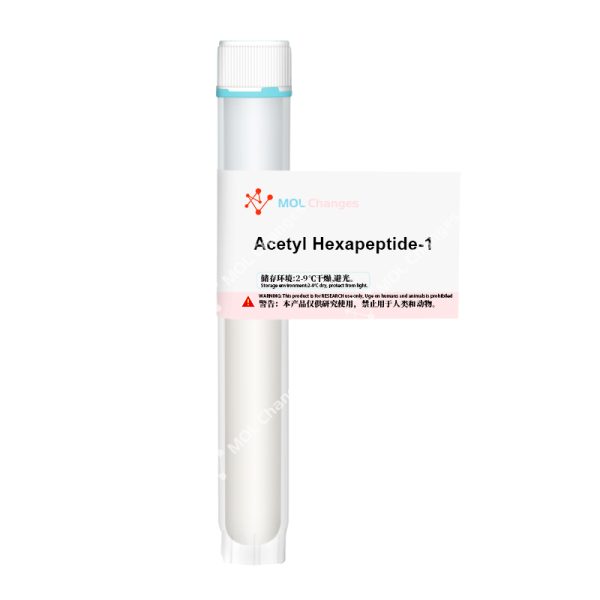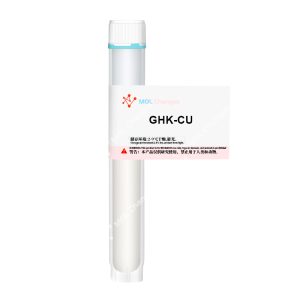Acetyl hexapeptide 1 (trade name Melitane) is a synthetic bioactive peptide.
Extensive research has been conducted on this ingredient, and its application within the cosmetics field is well documented.
Its multifunctional anti-wrinkle, repair, and skin-protective properties are well recognized.
Sequence
Ac-{Nle}-Ala-His-{d-Phe}-Arg-Trp-NH2
CAS Number
448944-47-6
Molecular Formula
C43H59N13O7
Molecular Weight
870.01 g/mol
Research Of Acetyl Hexapeptide 1
Acetyl hexapeptide 1 exhibits several multifaceted biological functions; the more widely acknowledged effects are achieved through two largely distinct molecular pathways.
Combating wrinkles and pigmentation regulation are prime examples of these capabilities.
The most recognized efficacy – anti-wrinkle being the primary one – targets expression lines (dynamic wrinkles specifically).
Similar to Acetyl Hexapeptide-8 (Argireline), this mechanism of action is what defines its use.
The core anti-wrinkle process involves interfering with signal transmission at a neuromuscular junction.
Studies show simultaneous presynaptic and postsynaptic interactions.
Presynaptically, competitive binding to Munc-18 protein prevents full Soluble N-ethylmaleimide-sensitive factor Attachment protein REceptor (SNARE) complex assembly, reduced acetylcholine release being the direct outcome.
Weakening the contraction signal received by the muscle itself leads to muscle relaxation.
Postsynaptically, Acetylcholine (ACh) receptor activation is inhibited, calcium influx is curtailed, muscle contraction lessened and thus dynamic wrinkles diminished.
Inhibitory efficiencies of up to 37% (SNARE related) and 29% acetylcholine release point to a clear potency advantage over Argireline.
A second, but equally important, key role of Acetyl Hexapeptide 1 is its agonist activity toward α-MSH.
Natural α-MSH is an endogenous hormone; binding to Melanocortin 1 receptor (MC1R) melanocyte receptors initiates a cascade of pigment related signaling.
Acetyl hexapeptide 1 mimics this function.
Hair colour maintenance and delay of graying, through stimulation of melanocytes, is one of the more commercially valuable applications of this line of research.
A 2023 study evaluated the efficacy of a serum containing supramolecular retinol and Acetyl hexapeptide 1 in improving mild photoaged facial skin.
Thirty-two middle-aged Chinese women participated in the study; an 8-week treatment period was the focus of the research.
Improvements in various aspects of the subjects’ skin condition were observed.
Currently, Acetyl hexapeptide 1 is widely incorporated into premium anti-aging products – serums being the most common form, with creams and more specialized eye products following suit.
Traditional neuromodulatory ingredients (botulinum toxin being the prime example) have set the standard for what effective anti-aging can look like; non-invasive application, high safety, and good tolerability make Acetyl hexapeptide 1 ideal for long-term daily use in skincare.
COA
HPLC
MS









Reviews
There are no reviews yet.